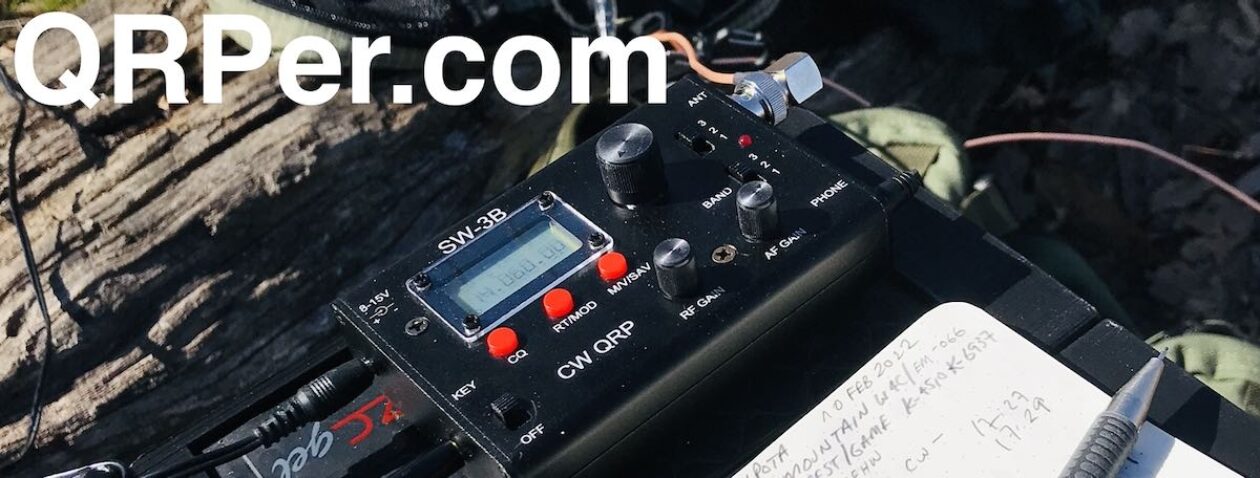Many thanks to Teri (KO4WFP) for the following guest post:
Getting My Butt Kicked in POTA Yet Again
by Teri (KO4WFP)
If you read my previous article, you know my family and I went to Nova Scotia for a week. You also know that my first attempt at an activation in Canada did not go well. So, being a glutton for punishment, I attempted a second activation, this time at the Alexander Graham Bell National Historic Site (VE-4826) on Thursday, June 29th.
 I learned several “takeaways” from the failed activation at the Halifax Citadel:
I learned several “takeaways” from the failed activation at the Halifax Citadel:
- look at the site in advance if at all possible,
- remember to check band conditions BEFORE the activation, and
- take all photos as the activation progresses because weather conditions may prevent you from doing so afterward.
After we departed the Halifax Citadel, we drove northward toward Baddeck, the town in which our next Airbnb and the Alexander Graham Bell site is located. Rain dogged us on and off until we reached Cape Breton Island. On the way, we stopped at Murphy’s in Truro for some of the best fish and chips and then The Farmer’s Daughter for ice cream, the consolation prize for my failed activation.
Being mindful of my first takeaway, we stopped into the Alexander Graham Bell site for reconnaissance before heading to our Airbnb. To my delight, there were trees present in the parking lot, though not many open branches over which to easily throw my line. I left for our Airbnb with the sun coming out from behind the clouds and an optimistic feeling about the next day’s activation.
My second takeaway from the Halifax Citadel was to check band conditions before the activation. Well, Thursday morning’s report was not promising. I didn’t see any mention of a geomagnetic storm (though one was forecast for Saturday), but the numbers were not good. What I didn’t realize was they were actually horrible.

We arrived around 10:10 AM and I began setting up the EFRW. It took me several throws to get the line in the chosen tree. Kudos to Thomas for recommending the arborist line. It never got stuck on any of the little twigs over which my line ran. The antenna was not as elevated as I would have liked but it was better than at yesterday’s activation and would work well enough. Continue reading KO4WFP: Part Two of Teri’s Nova Scotia POTA adventure!






























